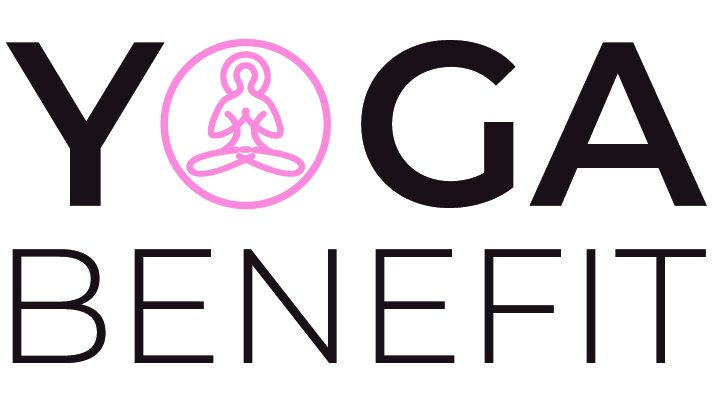As yoga teachers, we know the power of the ancient philosophy of yoga to transform lives. We have experienced that yoga is so much deeper than just posing. Asana, however, can be a powerful gateway into this depth of the practice. For this reason, I think it is vital that we teach asana entrenched with the philosophy.
The Yamas & Niyamas provide a useful, ethical code to live a good life as a Yogi. In my article “For Teachers – How to Teach The Yamas in Class .“, I explore the Yamas, which are the five most important things to “not do.” The Niyamas list five things to “do” to lead a happy life. Let’s look at these concepts and the practical cues and applications you can use when teaching Asana.
Santosha: Contentment
The feeling of contentment can be strengthened by repetitions such as journaling, praying, or affirmations. As a yoga therapist, I encourage clients to do this in asanas and everyday life.
Find contentment in your current pose. There is no other place to be. “There is nothing else for you to do.”
It is important to be comfortable with your body and yourself in the moment, not just perfect poses.
Saucha: Cleanliness
In the therapeutic classes that I have taught over the years, cleanliness is a must for safety. This includes teaching in retirement communities or with populations who suffer from chronic pain. In special needs classes, preventing falls is important.
You and your students are likely to feel more relaxed with less clutter in the classroom. The intentionality of asana can be carried over into the rest of your life.
Make sure that your props are neat and clean. Your mental health should keep the space clean and tidy. This will also make it safer, as you won’t trip and fall.
After class: “Let the time spent putting away props and cleaning your mat be meditative.”
Tapas: Self-Discipline
Tapas, or self-discipline, is a burning desire to get better. Yoga is a magic trick, as we all know. The secret is to do it. The key is to have the discipline to attend yoga classes or do home practices.
I encourage my students to give their best effort in class so that they get the most benefit. (Although, a balance between this self-discipline/tapas and no harm/ahimsa of not pushing too far.)
Consider using a long-held, strong pose, like Warrior II or Chair Pose, as a way to reflect self-discipline. For example, “Feel sensations and vibrations growing.” Feel the strength of your legs as they support you. Take a few more deep breaths. Of course, you can come out from this pose whenever you want. Do you have a current challenge that you could imagine living through? It’s done…3 more deep breaths…and release. “Shake it out and let it go!”
Svadhyaya: Self-Study
As part of their self-study, many teachers share a quote that has inspired them. Let me share my favorite quotes for an Asana session.
“The breath can be a wonder drug.”
This expression is unique because it is the only one in history. If you block it out, it won’t exist in any other form and will be lost. It will never be seen by anyone else. It’s not your job to judge how good or valuable it is, nor how it compares to other expressions. “It is your responsibility to maintain it clearly and directly to keep the channels open.” -Martha Graham.
Ishvara Pranidhana: Surrendering
When we feel surrender in our physical bodies, it can translate to letting go of our emotions and life. Yoga Nidra and restorative yoga create a conducive environment for cultivating ishvarapranidhana.
Savasana, or any vital posture: “With every exhalation, feel your body releasing into the surface that supports you.” As you relax, feel a sense of surrender.
Surrender yourself to what you can’t change or control. Accept this moment, accepting every nuance. The sounds ….sensations of your body. The rhythm of your natural breathing. You are right where you should be doing what you should do at this moment. “You are perfect and nothing needs to fixed.”
Yoga is powerful. As I continue to learn more about our tradition through my meditation and studies, I feel challenged to keep growing. Yoga teachers have a unique role. The more we can share the philosophy of yoga and transform lives, the better.
